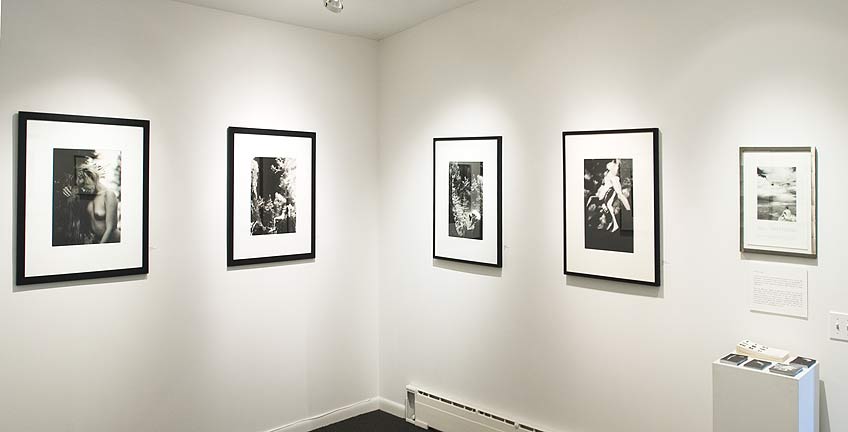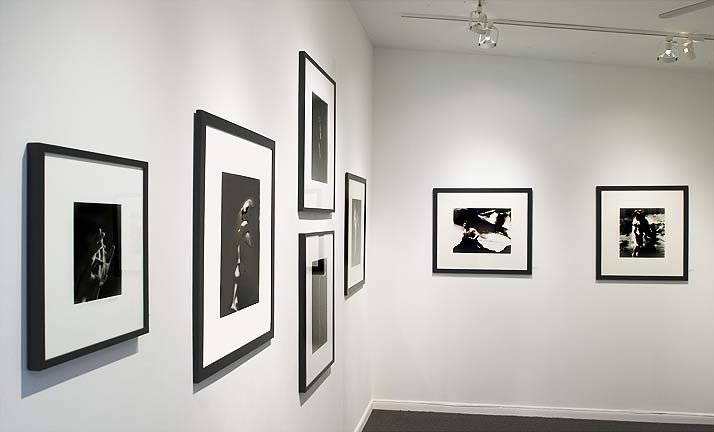Will Sherwood

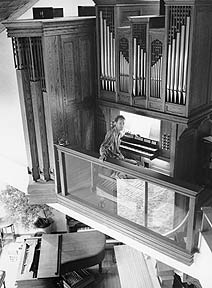 A native of Johnson City, Tennessee, Will Sherwood has a multi-paletted career: engineer, musician, artist/photographer. He graduated from Carnegie-Mellon University with BSEE and MSEE degrees in computer engineering, and has Choirmaster and Associate degrees from the American Guild of Organists. He has appeared as guest soloist with the Boston Pops and has given concerts in both the U.S. and Europe.
A native of Johnson City, Tennessee, Will Sherwood has a multi-paletted career: engineer, musician, artist/photographer. He graduated from Carnegie-Mellon University with BSEE and MSEE degrees in computer engineering, and has Choirmaster and Associate degrees from the American Guild of Organists. He has appeared as guest soloist with the Boston Pops and has given concerts in both the U.S. and Europe.

For thirty years, he was a Sr. Engineering Manager at Intel (formerly Digital, then Compaq) where he managed the Microprocessor Validation Group. In addition, he was Organist-Choirmaster at First Unitarian Church, Worcester, Mass, for thirty-seven years, and a freelance jazz and classical pianist. (View Music Career) He was dean of Worcester AGO 2010-2018, and Artistic Director of the organ concert series and Principal Organist at Mechanics Hall, Worcester. Other interests include volunteering for local homeless agencies, graphic arts, running, organic gardening, and preparing gourmet vegetarian cuisine.
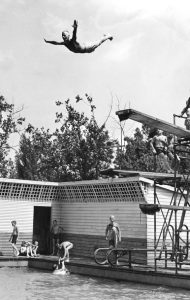
A C Sherwood, Jr
During childhood, his family encouraged his interests in music, photography, and the sciences. Photography was a serious avocation of his father in the 1950s and 60s, and he taught Will black-and-white camera and darkroom techniques.
Fine Art Photographic Perspective
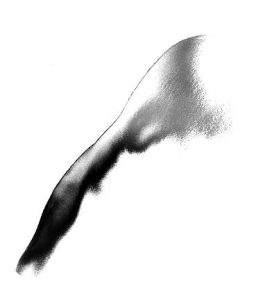 I use the human form to create alternative perspectives by utilizing light and shadow. The resulting image is not intended to be recognizable at first glance, so the viewers can be enticed to examine closely how the image speaks to them, rather than evoke an initial response of image identification.
I use the human form to create alternative perspectives by utilizing light and shadow. The resulting image is not intended to be recognizable at first glance, so the viewers can be enticed to examine closely how the image speaks to them, rather than evoke an initial response of image identification.
Having photographed landscapes and macro nature perspectives all my life, over the past ten years, I have evolved my work to exploring beauty in the human form – what I now call nude abstractions. I was initially intrigued by combining the conceptual effects from infrared film with the combination of light and shadow, body shapes, and textures. My background as a musician, improviser, and composer has become more of a vital part in creating these images, as reflected in my more recent works.
 The figure, although not completely abstracted, emerges out of a void, floating in the universe. Lyrical in nature, the simplest of line is still identified as human. The usage of perspective, macro, texture, and shadow combine to both delight and startle the viewer.
The figure, although not completely abstracted, emerges out of a void, floating in the universe. Lyrical in nature, the simplest of line is still identified as human. The usage of perspective, macro, texture, and shadow combine to both delight and startle the viewer.
View photography portfolios
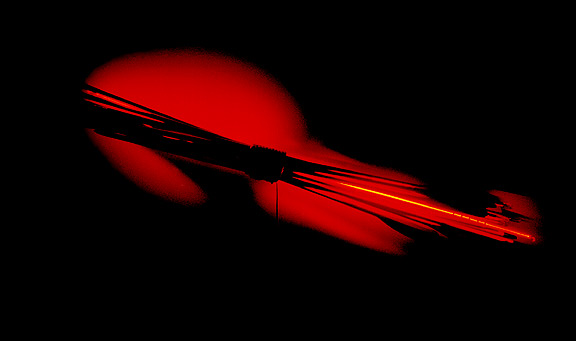
Neon Art Statement
Sherwood’s Neon Artwork displays a wide range of treatments and techniques, from simple linear two-ended designs, to multi-faceted and topologically complex pieces. Of particular note is the usage of dry-blown and liquid-applied phosphors. So-called rare earth phosphors (as used in color tv screens) have been enhanced and blended over the last decade to provide an incredible palette for the artist to select from. His blown phosphors provide a nebula-like wisp of sand-textured glow with an occasional skidding comet-tail effect, visible at close range. If the glass has swirls or bends, the colors adhere in interesting streams and patterns. The phosphors applied in liquid form can result in crisp stripes or splattered splotches– if applied before the glass is bent or twisted, the colors follow the glass, if applied after the glass is formed, the colors can trickle through the tube like water in a stream or rivulet.
Some of these pieces depart from the “traditional” usage of a two-ended tube’s linear configuration where there is an electrode providing power at each end of the tube. By using high-frequency, electronic power supplies (rather than the original ballast-like transformer), it’s possible to apply power only to one end, and the gas ionizes because of a capacitive effect to the atmosphere or to a human’s touch (don’t worry, you won’t get shocked touching the glass, just don’t touch any bare wires!). Thus the glass can emerge into free space, and have several branches or spokes. Yet, on the other end of the one-ended (one-electrode) technique, is the multi-electrodes approach.
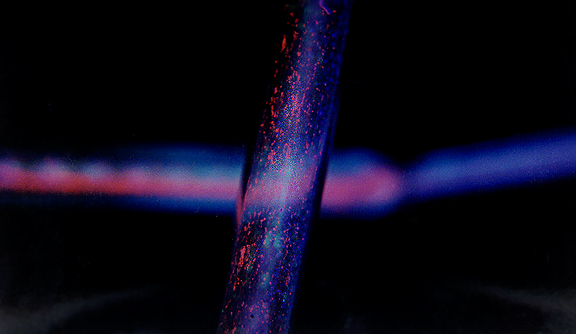
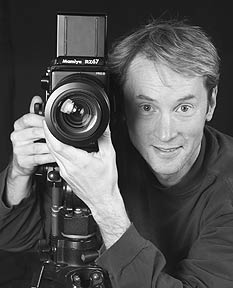 Education
Education
BSEE, MSEE Computer Engineering, Carnegie-Mellon University
ChoirMaster and Associate Degrees from American Guild of Organists
Engineering patents
6,148,427 Test Data Generation
5,878,054 Microprocessor Random Generation Test Method
Music & Arts Experience
Studied classical pipe organ with: Donald Wilkins, Richard Webb,
Barclay Wood, Brian Jones
Santa Fe, Maine, Cape Cod, Tuscany Photographic Workshops
Concert tours in the United States and Europe
Guest Soloist with Boston Pops
Guest Instructor, Maine Photography Workshops, 2002
Workshop Instructor, Cape Cod Photographic Workshops, 2003, 2004
One-Person Show
Photography: Provincetown Group Gallery, Provincetown, MA, 1997
Neon Art Sculptures: Berta Walker Gallery, Provincetown, MA, 1997
Photography: Wallace Robbins Chapel Gallery, Worcester, MA, 1998
Photography: 6 Degrees Gallery, Provincetown, MA 2004
Selected Group Shows
Photography: Provincetown Group Gallery, Two-person show with Greg Gorman, Provincetown, MA, 1999
Photography: Gallery Five North, Boston, MA, 1999
Photography: Heywood Gallery Group Show, Worcester, MA, 2000
Photography: Princeton Arts Society, Princeton, MA, 1999, First Place; 2000, Honorable Mention
Photography: Gallery Bershad, Somerville, MA, 2000
Photography: PhotoFest2000, Southbridge, MA, 2000, First Place
Photography: Fitchburg Art Museum, Group Show, Fitchburg, MA, 2000,2001
Neon: ArtSpaces, Utica, NY, 2000
Photography: Radiant Light Gallery, Portland, ME, 2001
Photography: Leominster Public Library, Leominster, MA, 2001
Photography: Fitchburg Art Museum, Group Show, Fitchburg, MA 2002 Honorable Mention
Photography: Arts Worcester, Biennial Group Show, Worcester, MA, 2003, First Place
Photography: 6 Degrees Gallery, Group Show, Provincetown, MA 2003-4
Photography: 6 Degrees Gallery, Solo Exhibition, Provincetown, MA 2004
Photography: Radiant Light Gallery, Two-Person show, Portland, Maine, 2004
Photography: Berta Walker Gallery, Provincetown, MA, group show, June, 2005; July 2006
ABOUT PRINTS FOR SALE
B&W silver-gelatin photos: toned, archival processed.
Fine art prints: 100% cotton fiber, PH-neutral, acid-free, lignin-free, and optical brightener (OBA) free. UltraChrome pigment-based archival inks in 10 ink gradations to yield striking fidelity.
